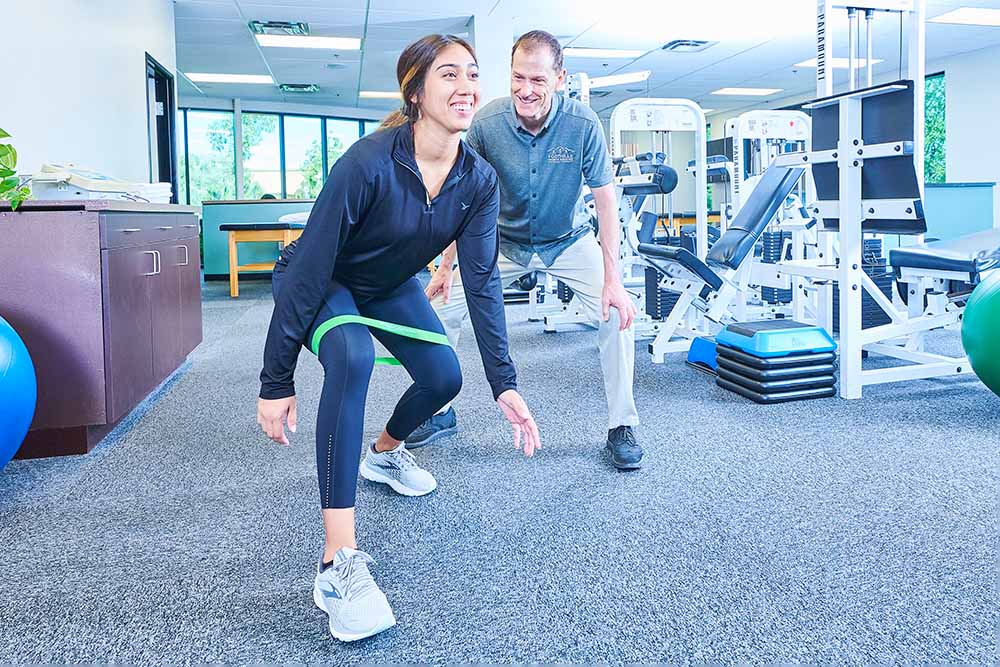One crucial element of cardiopulmonary rehabilitation is physical activity regimen. Physical activity is crucial for fortifying the cardiovascular system and respiratory system, which can become weakened due to illness or inactivity. Patients generally engage in supervised exercise classes that are safe and gradually escalate in difficulty. These sessions assist to develop endurance and improve overall fitness-related capability. As patients grow more active, they often notice gains in their energy levels and daily tasks, such as walking, climbing steps, and taking part in community events.
In furthermore to exercise, education plays a significant part in cardiopulmonary rehab. Individuals gain knowledge about their particular conditions, treatment alternatives, and the significance of pulmonary rehabilitation techniques healthy living modifications. This instruction helps demystify their illnesses and reduces emotions of anxiety or discontent. Comprehending how their bodies function and the impacts of drugs and treatments allows patients to take improved decisions regarding their well-being. Awareness about subjects like diet, tobacco quitting, and anxiety control can result to permanent modifications that encourage recovery More from the author and avert future problems.
Another crucial component of rehab is emotional support. Living with chronic heart or lung conditions can be challenging and may lead to feelings of stress or depression. Patients are often motivated to discuss their stories and emotions in a supportive group setting. This peer bond can be extremely helpful, as it offers a feeling of belonging. Assistance from healthcare professionals, family, and friends also plays a crucial role in the rehabilitation journey, helping to build resilience and motivation.
Overall, the objective of cardiopulmonary rehab is to improve recovery and boost standard of life for patients. Through tailored fitness regimens, thorough instruction, and psychological assistance, individuals are enabled to take control of their health. By actively participating in their rehabilitation journey, patients can undergo a renewed sense of confidence and independence. This holistic method not only assists in bodily healing but also fosters a more positive mindset, leading to a more fulfilling life in spite of the difficulties of living with cardiac or pulmonary conditions.
